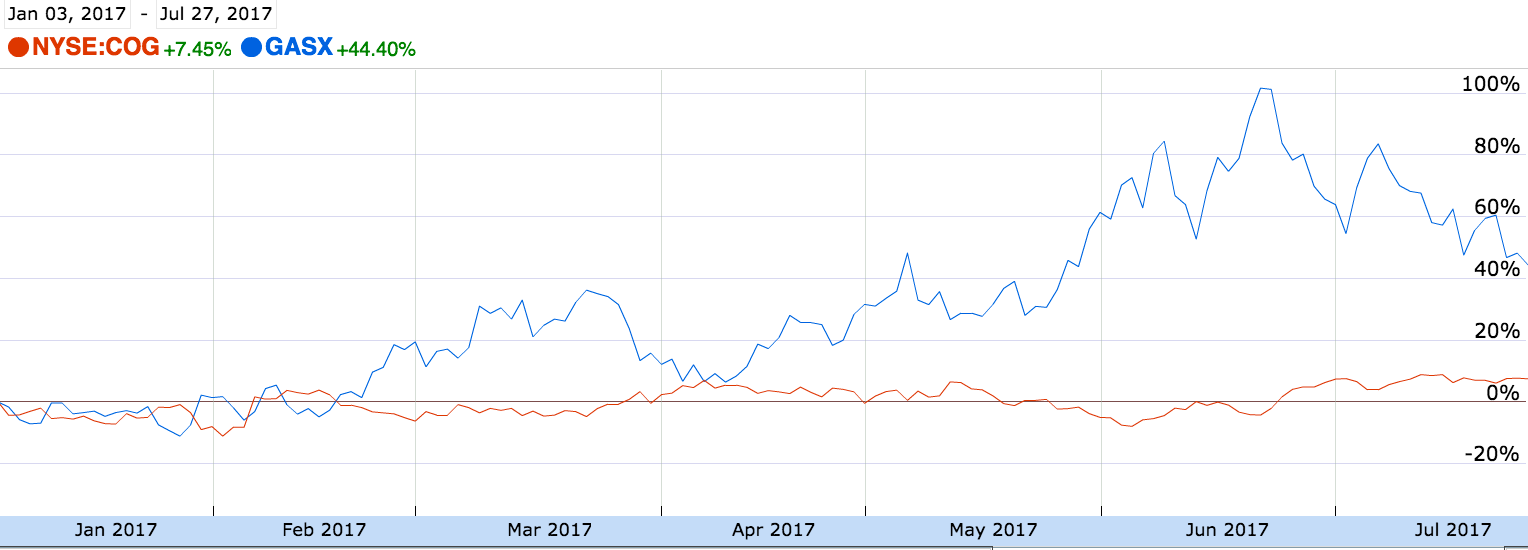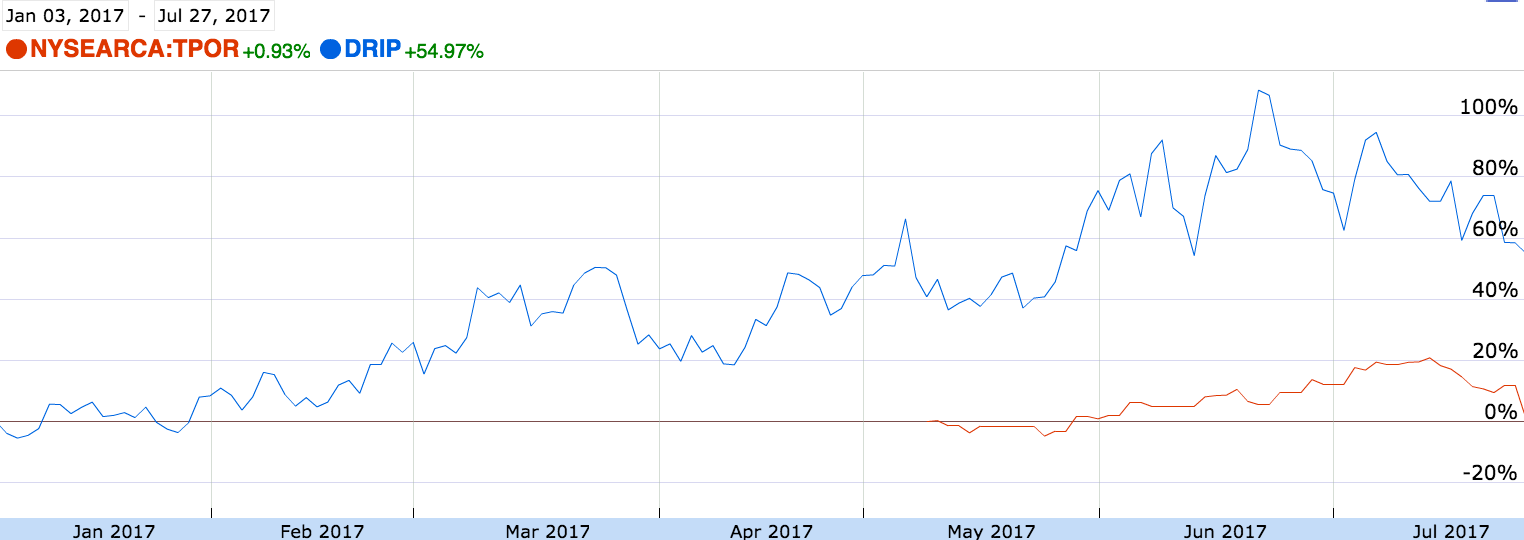A leveraged ETF, when properly used, can be a powerful tool for generating income on clear directional index trends over short periods. At their most basic, that is what these daily investment vehicles are meant to accomplish.
Apart from a brief and straightforward income strategy, leveraged ETFs are also well-suited for more sophisticated trading strategies that can help optimize your overall portfolio. This could include supplementing potential profits from one ETF by investing in another correlated one, or hedging against short-term losses by adopting a stake in an inverse industry ETF.
Here are three examples of how people use leveraged ETFs as part of their overall trading strategy.
Leveraged ETFs To Trade News Or Data Trends
Leveraged ETFs can be a great tool to capture volatility, and some of the best sources of volatility are economic events. These events, such as a Federal Reserve rate hike decision or monthly jobs number, are scheduled far enough in advance to plan trades around ahead of time.
For example look what happened in the Direxion Daily 20+ Year Trsry Bll 3X Shr TMF, which is designed to triple the the performance of the ICE U.S. Treasury 20+ Year Bond Index, in the middle of June. The Federal Reserve raised interest rates on June 14. following the most recent Federal Open Market Committee meetings in which a rate hike was on the table.

A rate hike was also on the table in mid-May. Note how TMF has risen in the one or two days following each FOMC meeting. This isn’t indicative of future results, but it shows how other traders are actively watching vehicles like TMF around this event.
Also take a look at the bottom of the chart below, which shows that volume in this issue typically increases dramatically in the days leading up to FOMC meetings.

We should emphasize, this is a limited example and may be influenced by other factors such as the announcement of a large increase in interest rates, but understanding similar immediate trend patterns presents opportunities to acquire an outsized profit from historically recurring behaviors.
Leveraged ETFs As A Hedge
During instances when a longer term position is expected to enter a downtrend or experience a span of bearish market sentiment, short-term daily investments in inverse leveraged ETFs can aid in protecting that asset from excessive loss in the interest of the long term position. This strategy is best utilized when larger industry or market forces might influence the immediate behavior of a stock that you are otherwise bullish on.
For example, say you bought shares in Cabot Oil & Gas Corporation COG as the stock was in a downtrend that began in mid-May. The turn began following a dividend payment, which also happened to precede a scheduled OPEC meeting. This confluence could have been seen as an opportunity to acquire a temporary position in Direxion Daily Natural Gas Related Bear 3X Shares GASX, which is designed to deliver 300 percent of the opposite performance of the ISE-Revere Natural Gas Index, in addition to owning the falling Cabot shares.

This protective position would have mitigated any ensuing, industry-wide price drop after acquiring the Cabot shares while not forcing you out of the position prematurely if he or she believes Cabot is set for run in the near future.
Leveraged ETFs As Complementary Trades
Because of the correlated relationship between some indexes represented by leveraged ETFs, it’s possible to find success in acquiring simultaneous positions in two leveraged investments at once, one bull and one bear. While this strategy can mitigate losses in the case of unpredictable fluctuations in one ETF by the inverse reaction of another ETF in a related industry, it can also further amplify returns in the case of ETFs representing industries with negative correlations.
Two such sectors with negative correlations are represented by Direxion Daily Transportation Bull 3X Shares TPOR and Direxion Daily S&P Oil & Gas Exp. & Prod. Bear 3X Shares DRIP. The logical reasoning behind this relationship is fairly straightforward. As gas and oil prices fall, and oil stocks respond in kind, delivery, airline, and other oil consuming businesses with stocks represented by TPOR tend to rise.

However, while this correlation has existed in the past, and makes logical sense, the stock market isn’t always logical. So there’s no guarantee this trend will persist. Recognizing these pairs can potentially compound the effectiveness of a daily leveraged ETF strategy if implemented and managed diligently.
It is again critical to note that the efficacy of leveraged ETFs are best realized over no more than a day. An unexpected news release overnight or just the whims of the market acting on the underlying index can ruin any leveraged ETF strategy if you’re not actively managing your position.
Nevertheless, becoming more sophisticated in implementing leveraged ETFs can be a powerful short term strategy and can supplement a knowledgeable trader’s portfolio.
Edge Rankings
Price Trend
© 2025 Benzinga.com. Benzinga does not provide investment advice. All rights reserved.
Trade confidently with insights and alerts from analyst ratings, free reports and breaking news that affects the stocks you care about.